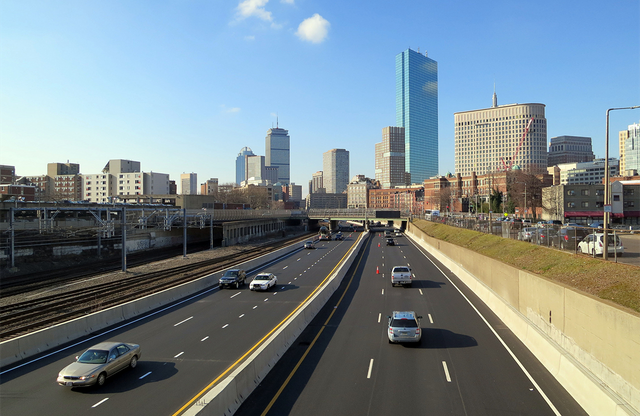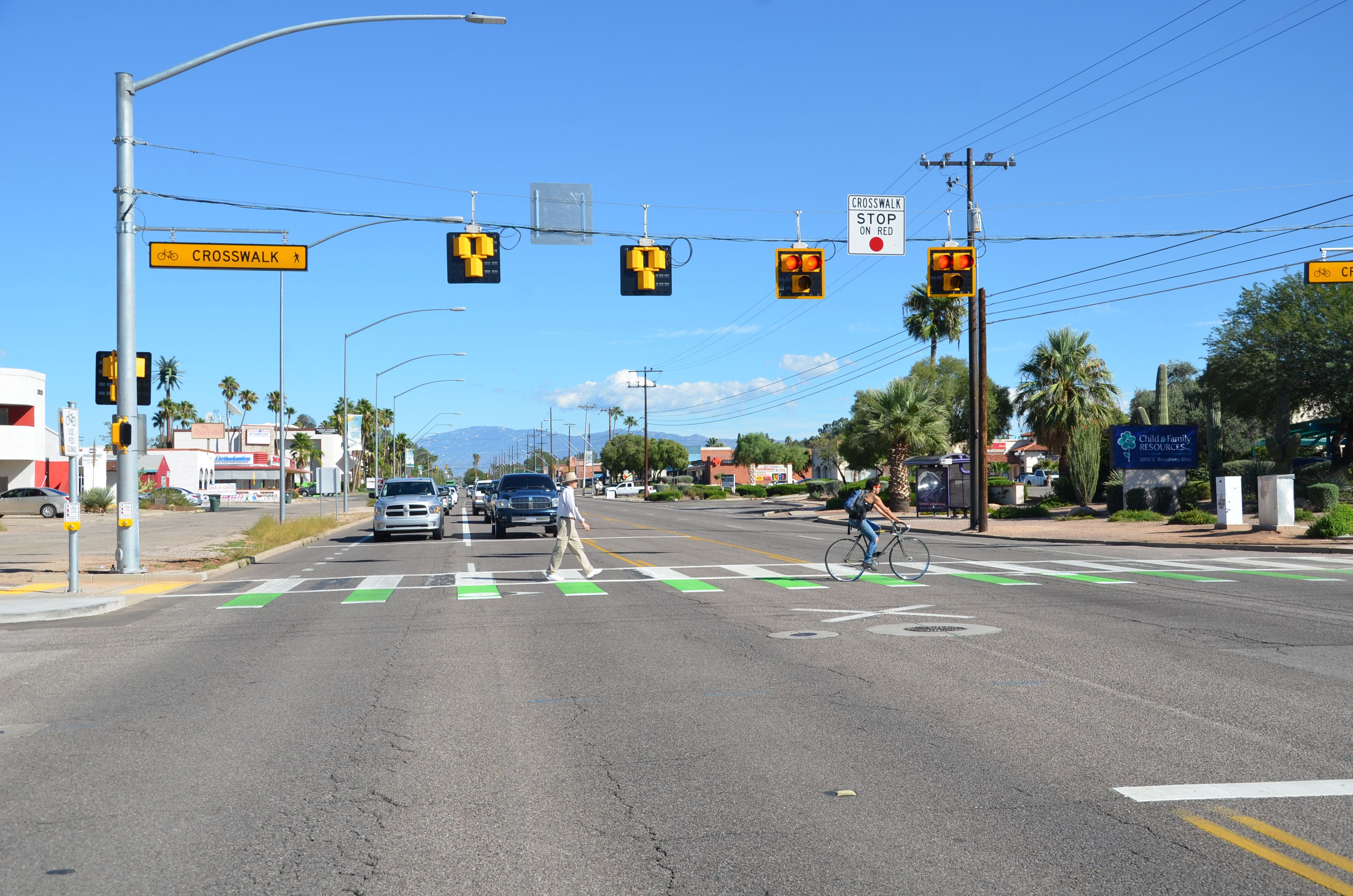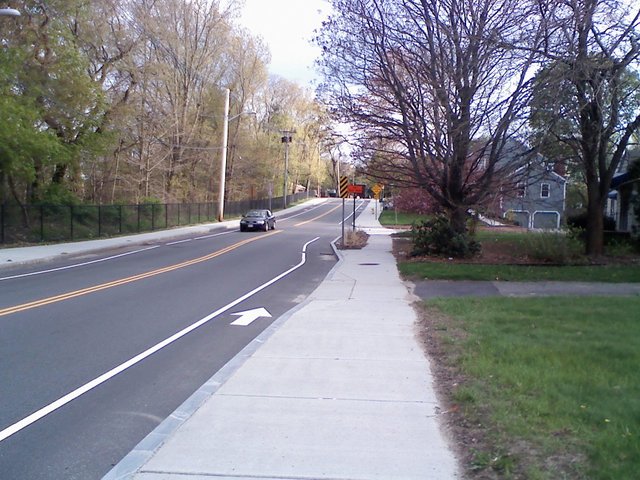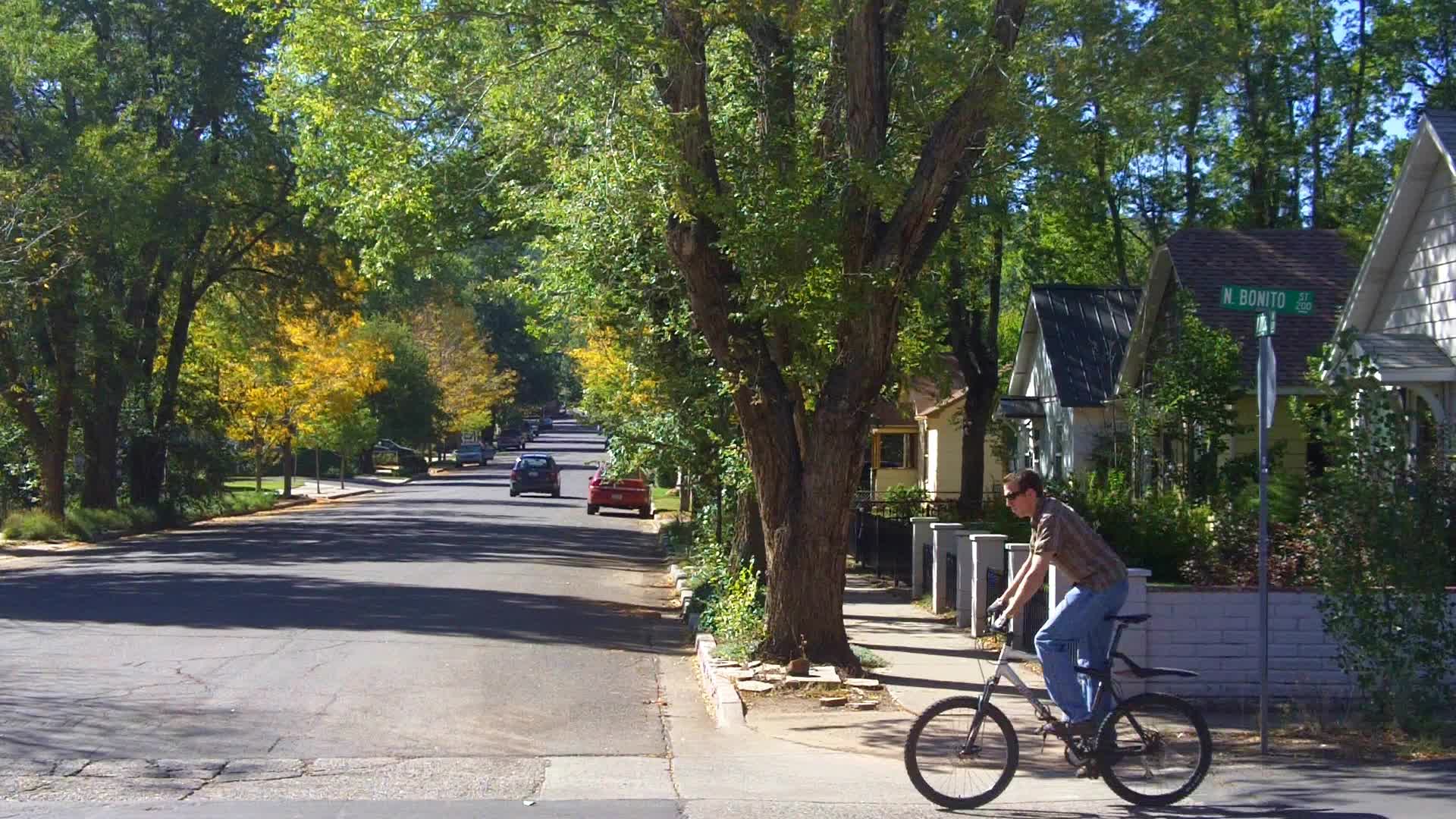Functional Classification of Street Networks [and How Your Taxes Pay for Them]
Streets are the largest public space in cities. Your taxes are used to build and maintain the public streets. Each street has its own unique feel, but the government classifies streets into four basic categories: highways, arterials, collectors and local streets.
I am going to attempt to give you a little insight into the types of streets and their likely funding source. This article will provide high-level characteristics of basic functional classifications. The general idea is that traffic flows like water from the local streets to the arterials and highways.
Next time you're traveling down a throughway, you can think of the type of street.
Highway

These are considered the "highest" classification. On these high-speed roads, travel lanes are usually separated by some type of physical barrier, and their entry and exit points are limited to on- and off-ramp locations or limited at-grade intersections.
Funding
These are funded nearly 100% by the automobile through the gas tax through a program called the Surface Transportation Block Grant. The money is allocated to the States. If it is a federal highways, such as an Interstate, up to 90% or more can be paid by the federal government. There is $11.424 billion allocated for 2017 and will be $11.664 billion in 2018 [1].
There are occasionally public-private private partnerships for tolling or other revenue streams that require continued staffing. The States manage the funds and federal match is much lower for state routes - smaller highways.
Arterial

These are high-capacity urban streets and come in a variety of contexts from suburban to downtown. They are often wide with dedicated turning lanes, traffic signals and are usually adjacent to commercial property (because that's where you can expect a lot of traffic).
Funding
Most cities use a combination of home and building taxes to fund a significant portion of these streets. However, the federal government allocates enough funds to larger local jurisdictions - with 20,000 or more in population - to cover up to half of the construction expense. Land-use fees (not taxes) are levied to pay the remaining 50% of the expense of these streets. Oregon City sends its residents an annual bill for these streets [2].
Collector

These are normally one lane in each direction. The United States Department of Transportation states they, "provide a less highly developed level of service at a lower speed for shorter distances by collecting traffic from local roads and connecting them with arterials" [3]. They may have cars parked along the curb.
Funding
This classification is mostly funded through land-use during the time of subdivision. Property taxes or donations pay for the maintenance. They can qualify for federal funding and it's rare. Reconstruction is usually paid through the creation of a special district, such as Tax Increment Finance. Gas tax possible pay an average of 20% of these streets - frequently much less.
Cities frequently utilize storm and sewer replacements as an opportunity to resurface collector streets.
Local Street

Neighborhood streets that provide connectivity and access to homes. They have no markings, except in special occasions such as a Bicycle Boulevard, and usually have homes facing the street. There are usually low volumes of traffic and low speeds.
Funding
These streets make up about 80% of street networks and are funded by homes. They are ineligible for federal funding - except in special circumstances. If you want to make a change to this type of street, it's up to the neighborhood to pay for the changes through a special assessment on homes within a defined district area. The gas tax pays for 0% of these. Original construction is done at the time of construction and maintenance is (usually) funded by adjacent landowners.
I have included some resources at the bottom of the page. Let me know what you think. Are you surprised to learn that the gas tax does not pay for much of the streets? Leave your comments below.
[1] https://www.fhwa.dot.gov/fastact/factsheets/stbgfs.cfm
[2] https://www.orcity.org/publicworks/transporation-utility-fee
[3] https://www.fhwa.dot.gov/environment/publications/flexibility/ch03.cfm
Congratulations @urbanist! You have completed some achievement on Steemit and have been rewarded with new badge(s) :
Click on any badge to view your own Board of Honor on SteemitBoard.
For more information about SteemitBoard, click here
If you no longer want to receive notifications, reply to this comment with the word
STOP